Cinnamon Comes From Where?! The Spicy Truth Behind Your Favorite Flavor
Let’s cut to the chase — cinnamon is everywhere. From your morning toast to holiday cookies, chai tea to savory curries, this spice has a way of sneaking into both sweet and savory corners of your kitchen. But have you ever stopped mid-sprinkle and asked yourself: cinnamon comes from where?!
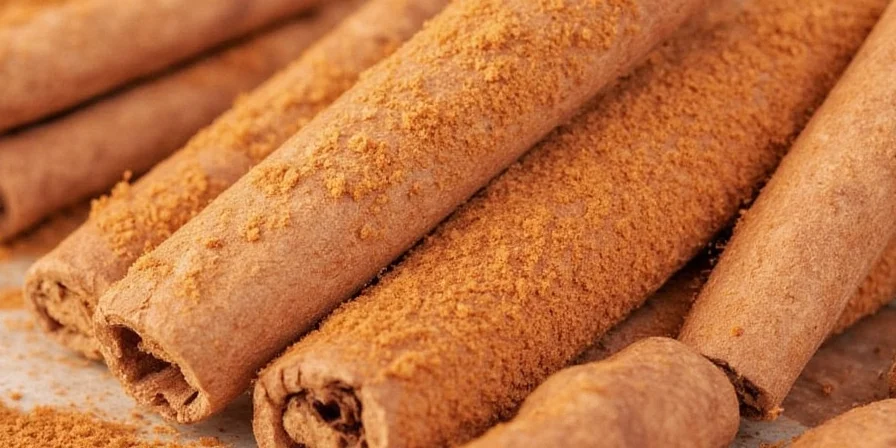
Table of Contents
- What Exactly Is Cinnamon?
- The Origins of Cinnamon: A Global Spice Tale
- Ceylon vs. Cassia: Which One Are You Actually Using?
- 5 Practical Tips for Buying and Using Real Cinnamon
- How Different Cultures Use Cinnamon Around the World
- Is Cinnamon Good for You? Science Weighs In
- Fun Fact: Cinnamon Was Once Worth Its Weight in Gold
- Conclusion: Spice Up Your Life (With the Right Bark)
What Exactly Is Cinnamon?
You might think cinnamon just magically appears in shakers on diner tables or in the spice aisle at your local grocery store. But believe it or not, cinnamon starts as the inner bark of a tree. Yep — tree bark! Specifically, it comes from the genus Cinnamomum, which includes dozens of species that produce variations of this beloved spice.
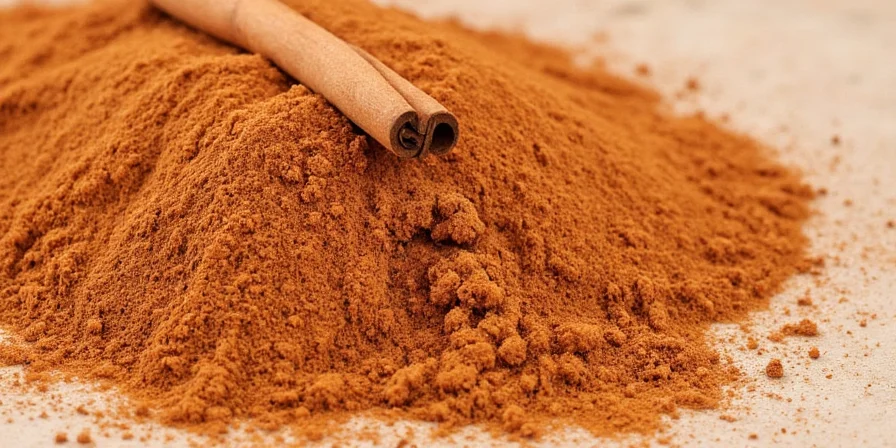
The Origins of Cinnamon: A Global Spice Tale
Cinnamon's history is spicier than most people realize. Long before it became a fall flavor icon, it was a symbol of wealth, a sacred offering, and even part of ancient embalming rituals. Let’s take a quick world tour:
| Region | Historical Use |
|---|---|
| Egypt | Mummification and incense |
| Rome | Burial rites and luxury perfume |
| India | Ayurvedic medicine and religious ceremonies |
| China | Traditional Chinese Medicine and culinary use |
| Middle East | Desserts, stews, and coffee blends |
Ceylon vs. Cassia: Which One Are You Actually Using?
If you’re buying cinnamon at the average supermarket, chances are it’s not the “real” stuff — we’re talking about Cassia versus Ceylon here. Here’s how they compare:
| Feature | Ceylon Cinnamon | Cassia Cinnamon |
|---|---|---|
| Origin | Sri Lanka, Madagascar | Indonesia, China, Vietnam |
| Texture | Fragile, multi-layered rolls | Thicker, hard sticks |
| Taste | Delicate, citrusy | Strong, spicy, slightly bitter |
| Price | More expensive | Less expensive |
| Coumarin Content | Negligible | High levels (can be harmful in large amounts) |

5 Practical Tips for Buying and Using Real Cinnamon
- Read labels carefully: Look for “Ceylon cinnamon” if you want the premium variety.
- Check the texture: If it’s brittle and flaky, it’s likely Ceylon. If it’s tough and woody, it’s Cassia.
- Smell test: True cinnamon has a lighter, sweeter aroma compared to Cassia’s punchier scent.
- Grind your own: Whole sticks last longer and retain more flavor than pre-ground powder.
- Store properly: Keep in an airtight container away from light and moisture for maximum shelf life.
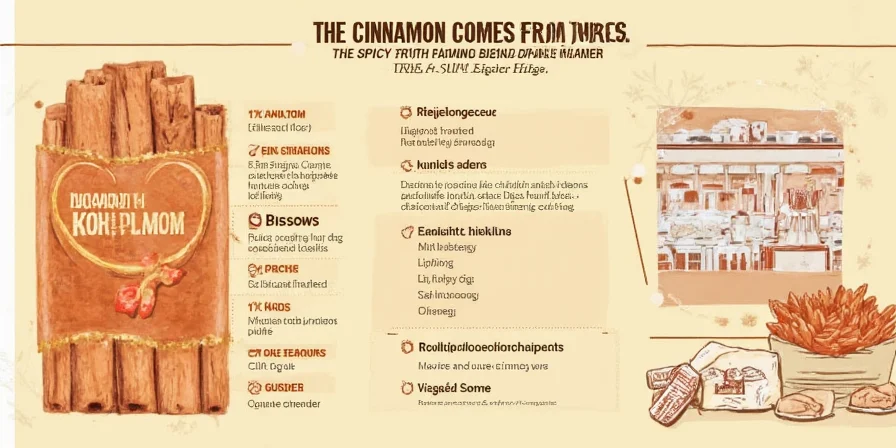
How Different Cultures Use Cinnamon Around the World
From savory tagines in Morocco to Mexican hot chocolate and Indian masala chai, cinnamon is anything but one-dimensional. Here’s how the world spices up its cuisine with cinnamon:
- Morocco: Cinnamon is used in slow-cooked dishes like lamb tagine with prunes.
- Mexico: It adds warmth to mole sauces and traditional beverages like champurrado.
- India: Found in garam masala blends and spiced teas.
- Scandinavia: Baked into pastries like Swedish cinnamon buns (kanelsnurrar).
- United States: Key ingredient in pumpkin pie spice and apple cider recipes.
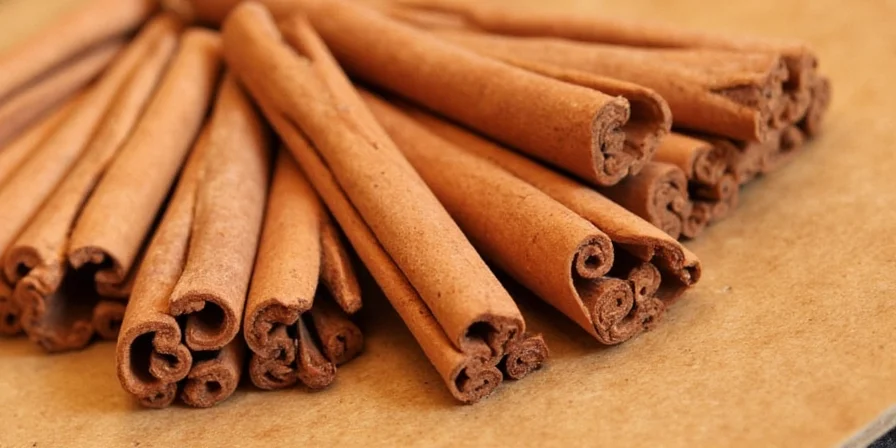
Is Cinnamon Good for You? Science Weighs In
Beyond flavor, cinnamon offers some compelling health benefits when consumed in moderation. Studies suggest it may help regulate blood sugar levels, reduce inflammation, and act as an antioxidant powerhouse. However, keep in mind:
- Ceylon is safer for regular consumption due to lower coumarin levels.
- Some claims about weight loss or miracle cures are exaggerated or not fully supported by science.
- Always consult a healthcare provider before using cinnamon medicinally.

Fun Fact: Cinnamon Was Once Worth Its Weight in Gold
During the Roman Empire, cinnamon was so valuable that Emperor Nero reportedly burned a year’s worth of the spice during his wife’s funeral to show off his wealth. Talk about overkill — literally!
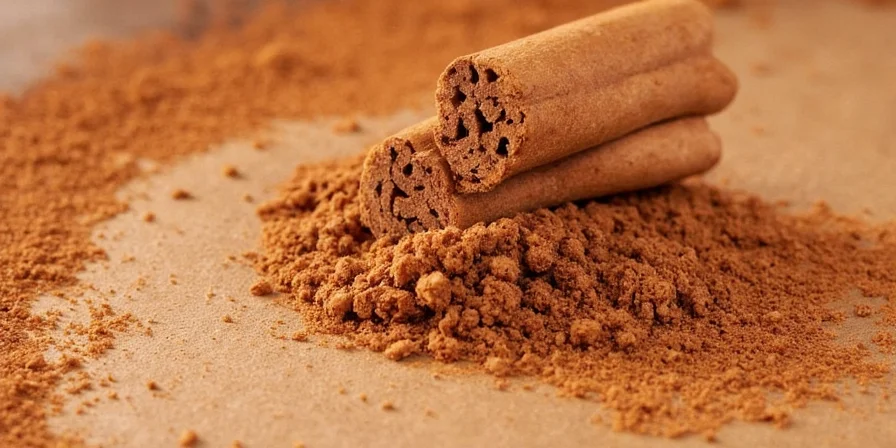
Conclusion: Spice Up Your Life (With the Right Bark)
So, where does cinnamon come from? From trees, yes — but also from centuries of culture, trade, and tradition. Whether you're sprinkling it on oatmeal or grinding your own sticks for a DIY chai, knowing the real story behind your spice rack can make every bite a little richer.
Now that you’re a cinnamon connoisseur, go forth and impress your friends with your bark-based wisdom. And remember — always sniff first, sprinkle second.

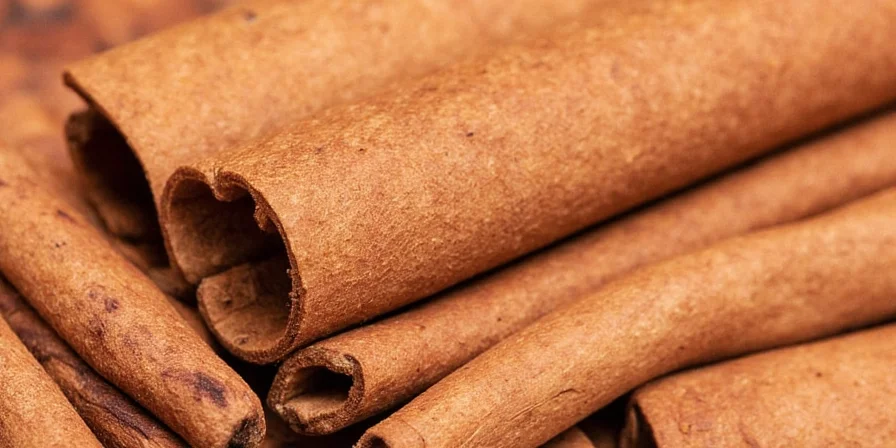









 浙公网安备
33010002000092号
浙公网安备
33010002000092号 浙B2-20120091-4
浙B2-20120091-4